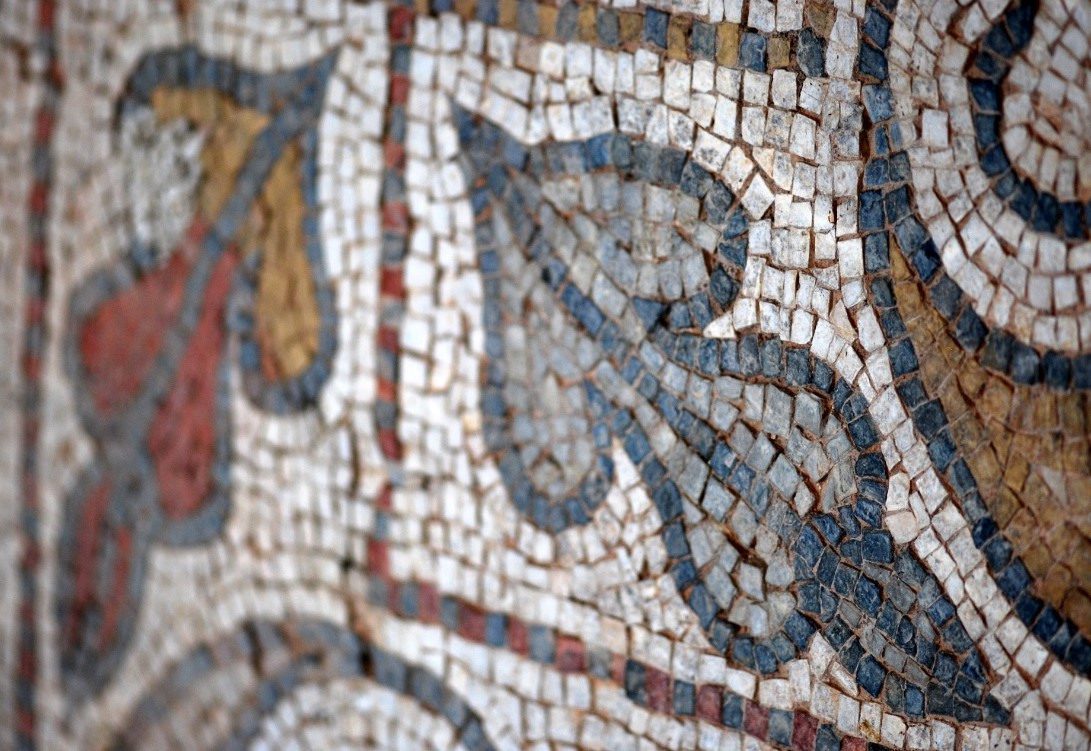The ancient Roman road connecting Tomar (Sellium) to Coimbra (Aeminium) was later used by pilgrims on their way to Santiago de Compostela. The monumental complex of Santiago da Guarda, in the council of Ansião, is a place worth visiting, as well as an outstanding testimony of the overlapping layers of History.
Situated in the town of Ansião, over the waters of the River Nabão, Ponte da Cal, set in two perfect round arches, was built in the 17th century and reserves, for the most attentive eye, fascinating marks of this period under the deck. Part of the old road linking Coimbra to Lisbon and intrinsically linked to the passage of Queen Isabel of Aragon through the region, this bridge, built later, has two bathing tanks, for women and men respectively.
The first tank is made up of a deeper basin, where, according to legend, the Holy Queen refreshed herself when she passed through these lands, making them miraculous. It was this legend that started the tradition of the "holy baths", practised until very recently, usually on June 29th, Saint Peter's day, until July 4th, Queen Saint Isabel's day. A small chapel was erected on one of the banks of the river in honour of the Queen, where every year a festival is held on Saint Peter's Day.
National Monument since 1978, the Monumental Complex of Santiago da Guarda is a beautiful example of Manueline architecture in the region. But it is also a living proof of History. A manor house of the Counts of Castelo Melhor with its iconic tower dating back to the 14th century, built upon an ancient Roman villa of the 4th and 5th centuries. The collection of multi-coloured mosaics is absolutely breath-taking!
Embraced by the dazzling Sicó Mountain dominated by its extensive oak forests and limestone landscapes, this is a region of authenticity and warm-hearted people. A place to feel fully connected to Nature.



















